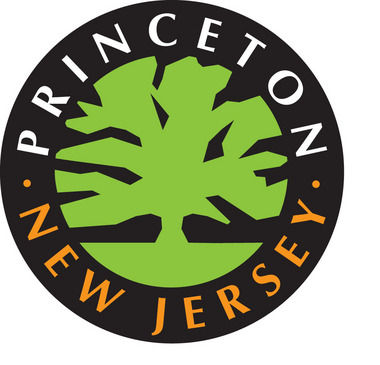By Philip Sean Curran, Staff Writer
The Princeton Council will decide next year whether to create a historic district for the historically black Witherspoon-Jackson neighborhood, a move that advocates say is critical to preserving the character of the area.
Council on Monday heard mostly from supporters of forming what would be Princeton’s 20th historic district, to put added regulations and protections on properties falling within its boundaries: Witherspoon and John streets, Birch Avenue and Paul Robeson Place. Calling for council to act sooner rather than later, one resident pointed to homes having been torn down and larger ones built in their place.
“This pushes out lower-income working people, both those with old roots in the community as well as hard-working immigrants who provide the backbone of our downtown workforce in restaurants, stores and to the university today,” John Heilner told the governing body.
Witherspoon-Jackson is associated mostly with Princeton’s now shrunken black population, although Italian and Irish immigrants called the area home too in creating a melting pot. In more recent years, there has been an influx of Latinos from Central America.
“This community was and still is a launching pad for many minorities and those less financially stable to come to Princeton,” Julie Capozzoli, chairwoman of the municipal Historic Preservation Commission, told council.
Last year, residents approached municipal officials about a historic district, with the council in June hiring a consultant to do a report that was completed Nov.3. Ms. Capozzoli said the study addressed three main questions: the historical, architectural and cultural significance of the neighborhood.
In terms of that history, it became a neighborhood for blacks in the early 18th century, with the earliest homes to the southern part of the proposed district. In the days when Princeton was racially segregated, the neighborhood served as the nucleus for black life, from churches to businesses. Some said Monday that creating a historic district would help address past wrongs.
Princeton resident Minnie Craig told council that she favored creating the district, recalling growing up in old row houses along Witherspoon Street at a time when there was no electricity.
“We love Princeton, otherwise we wouldn’t have stayed here this long,” she said. “So we love our town.”
The Historic Preservation Commission voted two weeks ago to recommend creating the district, albeit one with looser rules such as property owners not needing commission approval to change the color of the building or do routine maintenance.
During the public comment session Monday night, local historian Shirley Satterfield said the town had, for years, neglected Witherspoon-Jackson. “However, the residents kept the neighborhood thriving and clean,” she said.
Yet today, she said the neighborhood is being “invaded” by real estate developers “whose greed is more important than having affordable housing for those whose families have made this town and employees who worked in schools and establishments who cannot afford to live in Princeton.”
Any historic district would have to be created by the council adopting an ordinance. Ms. Craig said she wants to see officials take that step.
“Hopefully when it comes time for the council to vote, they will vote for it to be a historical district,” she said.
Officials plan to take up the issue in the first part of next year, although one member of the governing body apparently won’t be participating.
At one point during the meeting, Councilman Lance Liverman recused himself from the subject because he said he owned property on Quarry Street. Mr. Liverman, a real estate developer, stepped down from dais but remained in the meeting room to hear Ms. Capozzoli’s report and the council discussion.

